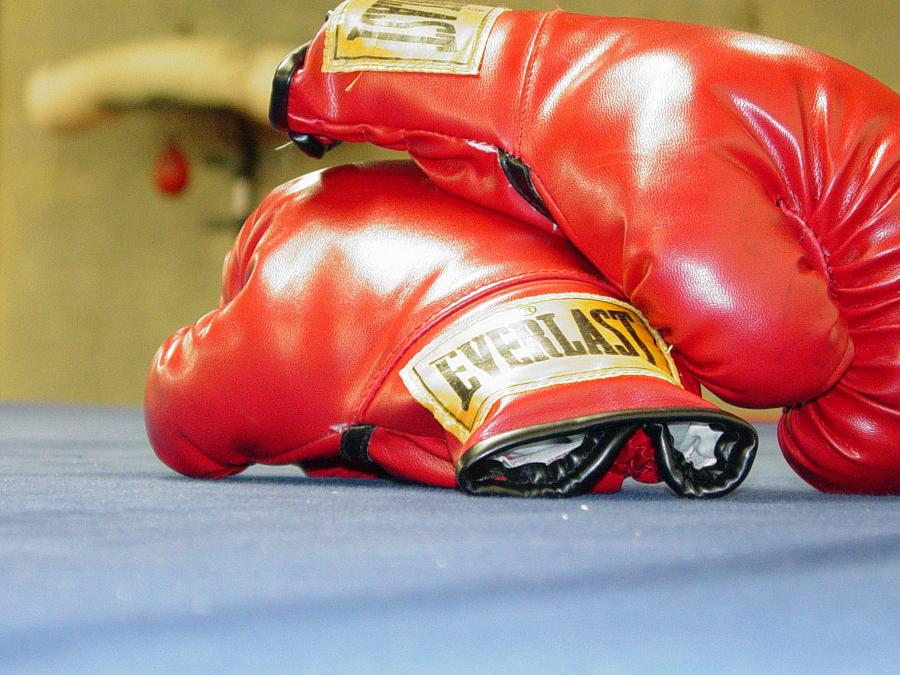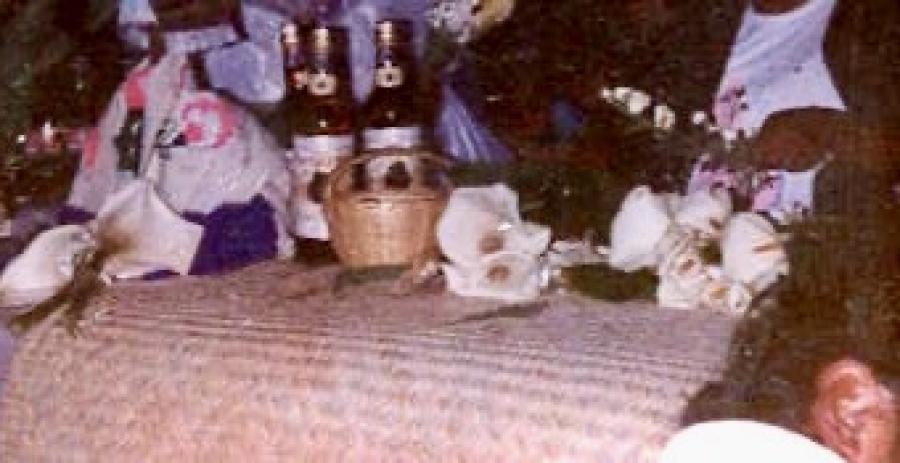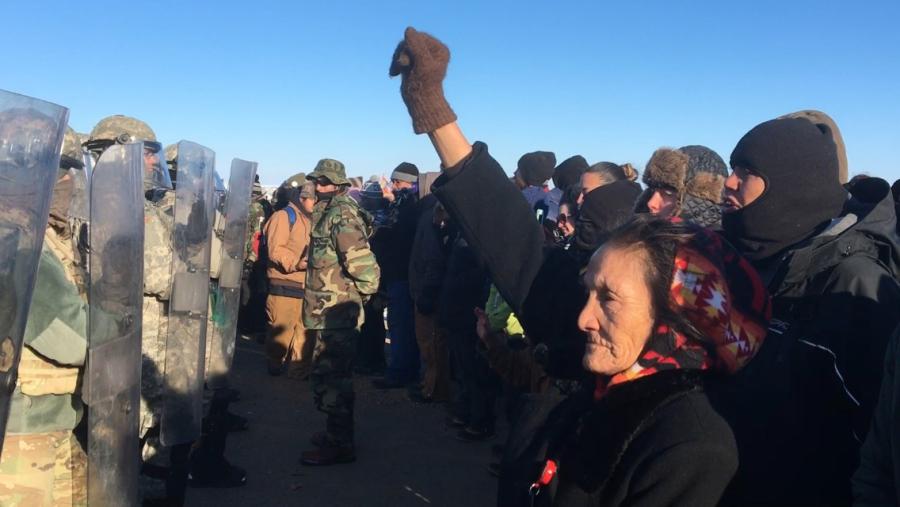
En el otoño de 2023, el California Heritage: Indigenous Research Project (Proyecto de Investigación sobre el Patrimonio Indígena de California) CHIRP, una organización sin fines de lucro guiada de forma tribal y al servicio de la Tribu Nisenan de Nevada City Rancheria, tuvo la oportunidad de adquirir 232 acres de tierra cerca de Nevada City, California, en las faldas de la Sierra. Esta tierra fue, en su día, parte de la próspera comunidad Nisenan y del pueblo de Yulića. En una exitosa campaña de base, CHIRP recaudó más de 2,5 millones de dólares. El depósito en garantía se concretó en septiembre de 2024, tras una larga negociación con el gobierno local, los vendedores y las autoridades del condado encargadas de la regulación. La vocera tribal Shelly Covert comentó: “Dentro de lo que podría parecer una transacción de tierras común, se encuentran las oportunidades de reidentificar y reavivar nuestra identidad cultural mediante la rematriación de la tierra, así como de construir un marco para la revitalización del territorio, las prácticas culturales y los protocolos comunitarios culturalmente informados.
Los Nisenan son los Pueblos Indígenas de las estribaciones de la Sierra Nevada. Su territorio se extiende desde la cima de las montañas de la Sierra Nevada y la bifurcación norte del río Yuba hasta el lado oeste del río Sacramento y las orillas septentrionales del río Consumnes. Los Nisenan, cuyo nombre significa “de entre nosotros” o “de este lado”, eran una Nación vibrante y sofisticada, reconocida por sus curanderos y personas sagradas muy solicitadas, así como por su cestería hermosa y hermética al agua. Tras el descubrimiento de oro en su territorio en 1848, los Pueblos Nisenan y sus tierras ancestrales se encontraron en el epicentro de un desastre ambiental y humanitario. La llegada masiva de colonos durante la fiebre del oro en California provocó un desplazamiento generalizado, violencia, asimilación y supresión cultural, así como la destrucción de la abundancia natural de la región.
En 1887, el Jefe Charlie Cully obtuvo una asignación de tierras federales para la Tribu, que más tarde se convirtió en la Ranchería de Nevada City en 1913. La Ranchería fue “clausurada” ilegalmente tras la aprobación de la Ley de Rancherías del Congreso de EE. UU. en 1958, la cual buscaba desmantelar todo el sistema de rancherías del estado. El gobierno de EE. UU. vendió las tierras de la reserva en una subasta, dejando a los Nisenan sin hogar y despojados de su estatus de reconocimiento federal. A pesar de importantes esfuerzos legales por parte de la Tribu Nisenan en las últimas dos décadas, la Ranchería de Nevada City sigue siendo una de las tres rancherías de California, terminadas por el Congreso, cuyo estatus federal no ha sido restaurado.
Para abordar el vacío creado por la pérdida del reconocimiento federal, miembros de la Tribu y aliados comunitarios fundaron CHIRP. Establecida en 2015, esta organización sin fines de lucro guiada por la Tribu sigue la dirección del Consejo Tribal para identificar, financiar e implementar programas y proyectos destinados a abordar y mitigar las injusticias sociales, ambientales y raciales que llegaron a las tierras Nisenan en 1848. Como organización sin fines de lucro 501(c)(3), CHIRP actúa como representante de la Tribu Nisenan de la Ranchería de Nevada City y sus aproximadamente 140 miembros, ofreciendo servicios de revitalización cultural, esfuerzos de rematriación y cuidado de la tierra, visibilidad tribal y educación comunitaria, además de una defensa continua y acciones legales para restablecer el reconocimiento federal de la Tribu.
Regreso a la Tierra Ancestral: Una oportunidad sin precedentes
A finales de 2023, CHIRP recibió la oportunidad de comprar y rematriar 232 acres de territorio ancestral en nombre de la Tribu Nisenan de la Ranchería de Nevada City. La tierra, ubicada en el sitio histórico del pueblo Nisenan Yulića, había sido previamente administrada por la Escuela de Educación Experiencial Cuáquera Woolman y la Casa de Reuniones de los Amigos. Cuando los líderes de CHIRP fueron informados de la intención de vender Woolman, aprovecharon la oportunidad de adquirir la propiedad con la esperanza de establecer una base territorial para la Tribu —y con ello, la oportunidad de recuperar prácticas ceremoniales y culturales basadas en la tierra, ofrecer vivienda tan necesaria para los mayores, y renovar la relación de la Tribu con sus tierras ancestrales y sus parientes animales.
Así comenzó “Homeland Return” [Regreso a la Patria], una campaña urgente de base comunitaria para recaudar 1,4 millones de dólares en 10 semanas. A pesar de la enorme magnitud del objetivo, la campaña fue un éxito rotundo, movilizando a la comunidad en apoyo al movimiento de “Land Back” [Devolver la Tierra] y superando las metas de recaudación. Gran parte del éxito de la campaña se basó en el trabajo sostenido de CHIRP para amplificar la visibilidad de la Tribu a través del arte, la educación y asociaciones locales comunitarias. Durante el auge de la campaña, aliados participaron en reuniones comunitarias para proponer ideas, organizaron eventos de recaudación independientes y difundieron el mensaje a través de sus redes. Estos esfuerzos comunitarios se ampliaron mediante el contacto de CHIRP con fundaciones para activar donaciones equivalentes dólar por dólar.
Miembros del Consejo Tribal Nisenan, de la Ranchería de Nevada City, en la Roca Medicinal de Yulića. Foto cortesía de CHIRP.
Finalmente, CHIRP y sus aliados superaron el objetivo de la Fase 1, recaudando más de 2,5 millones de dólares en menos de cuatro meses, lo que demuestra el compromiso y la solidaridad de la comunidad para participar en actos recíprocos de justicia histórica, revitalización cultural y apoyo a los objetivos de recuperar una parte del territorio ancestral de la Tribu Nisenan. Mientras los escépticos asumían que la capacidad de recaudar los fondos necesarios en un plazo tan corto sería el mayor obstáculo para la compra de Yulića, los importantes problemas regulatorios descubiertos durante el proceso de inspección y la tensión entre los protocolos tribales y las regulaciones gubernamentales occidentales fueron las dificultades más significativas a superar durante la campaña de Retorno a la Patria.
Como sucede con cualquier adquisición de tierras a gran escala, el proceso de revisión fue complejo y requirió largas negociaciones. Estas conversaciones revelaron que las necesidades de la Tribu, de la tierra y de los seres animales no se consideran dentro del marco moderno de las políticas gubernamentales. Las negociaciones —cargadas de complejidades históricas y desequilibrios de poder— exigieron una gran paciencia y un compromiso firme con la conservación informada por la visión tribal, y terminaron siendo una invitación a que los sistemas coloniales evolucionen e integren perspectivas diversas. CHIRP y la Tribu han continuado viendo esta adquisición de tierras como una oportunidad para fomentar una colaboración genuina entre las comunidades Indígenas y las estructuras occidentales.
Visión para Yulića
Con el cierre de la transacción y la rematriación de Yulića asegurada, pueden comenzar los objetivos a largo plazo de sanar y cuidar la tierra, establecer viviendas seguras y protegidas para los mayores de la Tribu, y crear oportunidades para la revitalización cultural.
La tierra en Yulića requiere profunda sanación y restauración. Sobre la base del trabajo continuo de CHIRP y la Tribu Nisenan en el cuidado de arroyos locales y corredores de restauración, las labores inmediatas en Yulića incluyen redirigir caminos alrededor de los prados, cultivar plantas y árboles nativos, y mejorar las estructuras existentes para minimizar su impacto en el entorno natural. Juntos, mediante el acto de recordar los caminos del pasado y llevar la sabiduría tribal hacia el futuro, reimaginando lo que es posible a la luz de este Conocimiento Tradicional Indígena y las tecnologías modernas, y revitalizando prácticas culturales y ambientales, CHIRP y la Tribu esperan que Yulića algún día sea un modelo de innovación y manejo Indígena.
Para sanar la Tierra, en última instancia, los seres humanos deben regresar a su lugar natural como guardianes, protectores y parientes del mundo natural, viviendo tanto en la tierra como en armonía con ella. Uno de los logros más importantes de la rematriación de Yulića es que la Tribu Nisenan podrá comenzar a sanar su relación con la Tierra, empezando por los mayores. Para los Nisenan, los mayores son la cultura. La oportunidad de que los mayores de la tribu vivan juntos en la tierra es fundamental para brindar seguridad y protección a una generación que sufrió grandes dificultades y traumas, así como para preservar y proteger la cultura y la sabiduría Nisenan para las generaciones futuras.
La restauración y sanación de la tierra van de la mano con la revitalización de los lazos comunitarios y la cultura. Por ello, la rematriación de Yulića ofrece una profunda oportunidad de sanación tanto para la Tierra como para la Tribu. Al devolver el acceso sin restricciones a sus tierras ancestrales, y con ello la revitalización de las tradiciones ceremoniales sagradas, la recuperación de prácticas culturales y de conexión con la tierra, y la reimplantación de prácticas ambientales Indígenas, la tierra y la Tribu sanan juntas.
Muchas tradiciones Indígenas comparten la comprensión de que la salud de la Tierra, de una Tribu y de su cultura es simbiótica: ni la Tribu ni la tierra pueden prosperar sin estar conectadas mutuamente. Como ha ocurrido con muchas comunidades Indígenas de la Isla Tortuga, la colonización ha separado a los Pueblos de sus tierras ancestrales, y tanto la Tierra como las Tribus han sufrido de manera incalculable. El retorno a la tierra ancestral y la rematriación de Yulića constituyen un paso trascendental hacia la sanación.
--Shelly Covert (Nisenan)es la portavoz tribal de la Tribu Nisenan de la Ranchería de Nevada City.
Miembros de la tribu y personal de CHIRP en Yulića. Foto de Sean Patrick Leydon.



